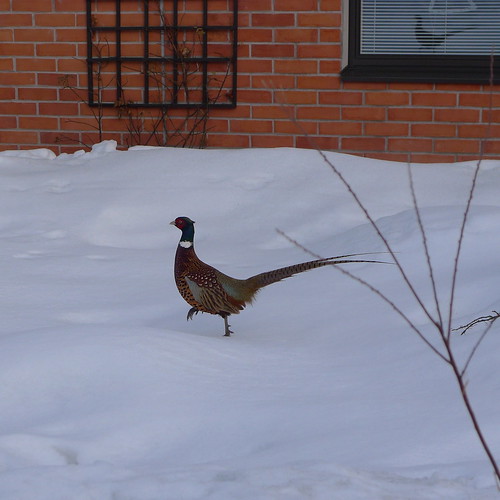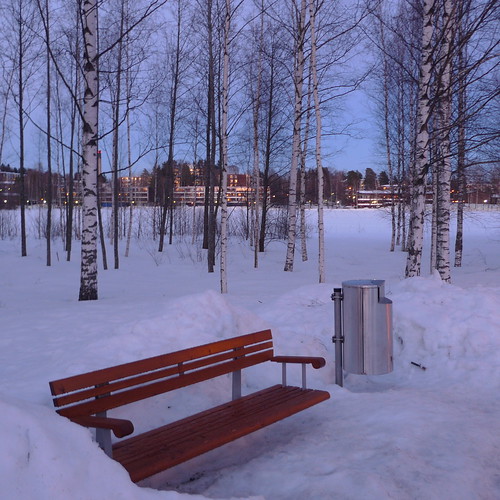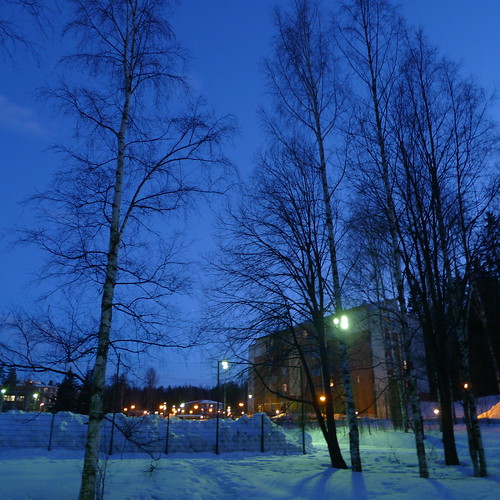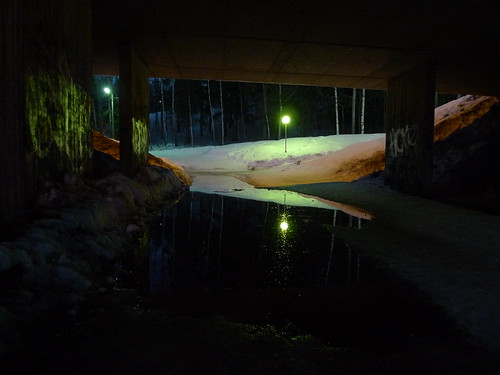Andreas Manessinger asked an interesting question, regarding the RAW format on the LX5: does the RAW file obey the aspect ratio setting? If you would need to crop againg in the RAW converter this would severely limit the appeal of the LX5.
As I don't have the LX5, only the LX3, the following may not apply, but I think it does as the changes are not that big.
I made a small experiment - I shot the same scene first using jpeg in 1:1 and 4:3 aspect ratios, then using raw in 1:1 and 4:3, with the same (ISO etc.) settings. The file sizes were:
- jpeg: 3.7 and 4.9 MB
- raw: 9.8 and 12.4 MB
So I think you can deduct that on the LX3 the RAW is cropped in the file. This also means that you can't recover information, e.g. go from 1:1 -> 4:3 afterwards.
This I think also provides some clue why I have found the endurance of the new batter on my LX3 to much exceed my initial experiences when I first started using the LX3. Since then, the endurance of the original two batteries has decrease to half of original (or even less in below freezing temperatures).
But with the new battery I bought the charge lasts up to 800 photographs - well above the 600 photographs which I had earlier. And the only change is that I'm nowadays using the 1:1 aspect ratio. So, the camera needs to do less work (pixel pushing), and thus the battery lasts much longer.
And having a battery that lasts for 800 photographs is quite nice indeed.








3 comments:
While it doesn't necessarily hold true for another camera in the family, the Lumix GF1 definitely records RAW files in the selected format (4/3s, 3:2, 1:1, 16:9). If you shoot RAW files in a cropped format they are recorded cropped, and you cannot recover them back to the full 4/3s frame.
@Carl: Good to know. I would think some design principles are the same across the Panasonic cameras.
Have you noticed any difference in the battery endurance depending on the aspect ratio?
What I forgot to write in the posting was that the old batteries have now about 250-300 recharge cycles, that's why they aren't so good anymore. The new one has only about 30, that is why it is so good - plus doing less work with the 1:1 images.
Juha, cropped formats write to the GF1's card noticeably faster, so it's reasonable to expect they use less juice to do so, but I have no idea if the difference is significant. If writing to disk is the main power drain it would make more of a difference than if running the LCD uses most of the battery charge. Writing JPEG files might be more demanding than writing RAW because the camera is processing and compressing the files on the fly instead of just recording RAW data.
Post a Comment